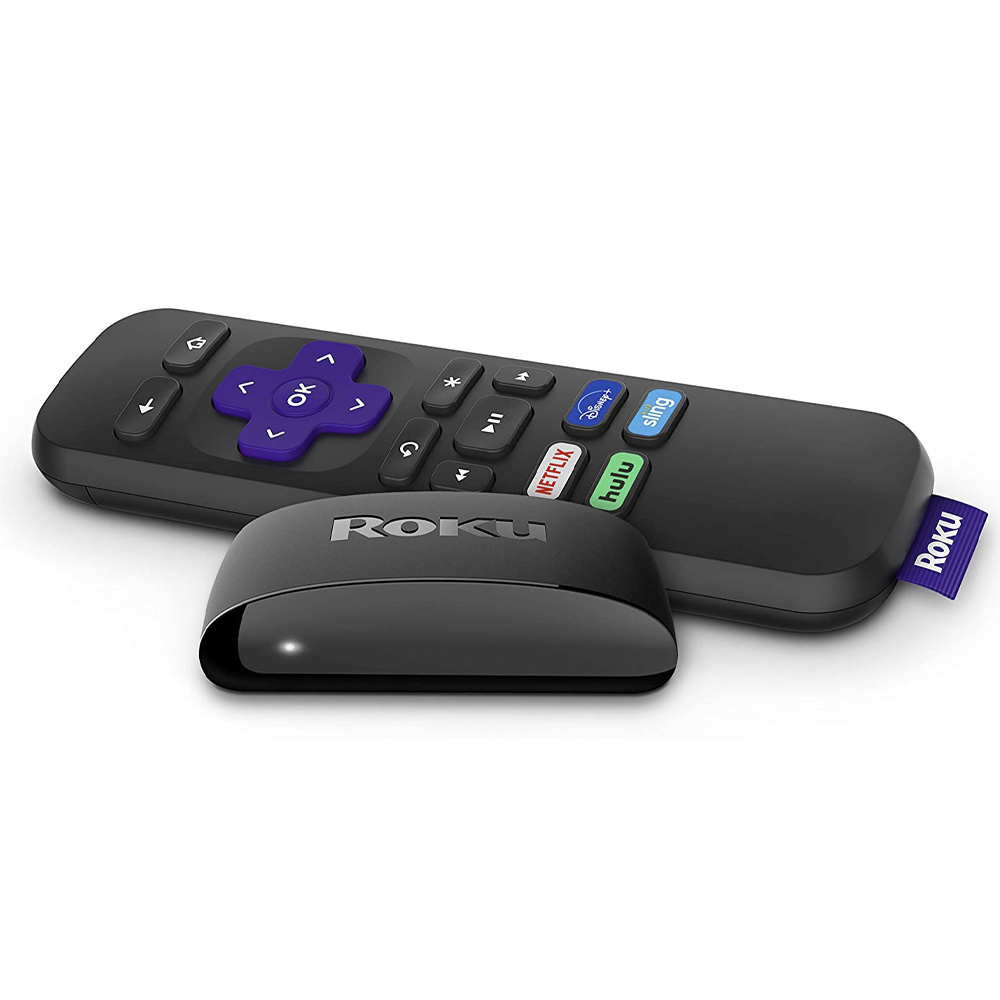
Roku dolby atmos manual#
(This is especially true for devices with Dolby Vision HDR, which requires 12-bit color depth.) Check the labels on your HDMI ports or consult your TV’s manual for more details.įor Dolby Atmos, you’ll need a compatible soundbar or receiver hooked up to your TV’s HDMI-ARC slot, as the format doesn’t work over an optical cable or 3.5mm audio output (thoses connections just don’t have enough bandwidth to handle the data). You should also connect these devices to your TV’s best HDMI input, because some inputs may not support 4K or the color depth required for HDR. If you want to use an external streaming player with your 4K TV, make sure it supports 4K as well (as the Roku Express 4K+ does) to get the same picture quality.
Roku dolby atmos tv#
For instance, you’ll need a 4K-compatible streaming player, such as Roku’s Express 4K+ or Amazon’s Fire TV Stick 4K. Since the Roku Streaming Stick 4K doesn’t have Ethernet, better Wi-Fi will help with channel launch times, navigating apps, and streaming playback.The situation gets more complicated as you connect external streaming players to your TV, because now each link in the chain must support 4K and HDR as well. One feature that is often underrated in real-world performance is Wi-Fi connectivity.

Roku dolby atmos upgrade#
If you want features like Dolby Atmos and Bluetooth, you will need to upgrade to the $99 Roku Ultra. The device supports audio via Dolby Digital, and while it doesn’t support Dolby Atmos – it will pass it through. It is also the less expensive way to AirPlay 4K content from an iPhone to your Smart TV, than the $170 Apple TV. This opens up the ability to stream apps that don’t have native Roku channels like YouTube TV. Just like other Roku devices, the Streaming Stick 4K, supports the ability to use AirPlay 2 (and HomeKit). HDR10+ is included on most newer Samsung, VIZIO, and Hisense 4K Smart TVs. HDR10+ and Dolby Vision are similar, as they use metadata to enhance the HDR image of each scene. The device supports 4K HDR streaming, including HDR10, HDR10+, HLG, and for the first time Dolby Vision. For most apps, unless you were comparing them side-by-side, you probably wouldn’t notice that they are launching faster. These tests are far from perfect, but are meant to capture some of the real-world improvements you might see with the device. When launching a video or switching between a live channel, the three services took about 2 - 3 seconds to load, which was on par with other Roku streaming players. All of these launch times were within 1-1.5 seconds of what we saw when testing against the 2020 Roku Ultra. Sling TV was about the same 9.5 seconds on both devices. To test the device, we launched and streamed three different streaming services to measure launch time and time to first video load.Ĭompared to the 2019 Roku Streaming Stick+, Netflix launched about 0.5 seconds faster, while fuboTV first launch was almost 4 seconds faster (about 0.5 seconds once cached). You can see the real-world speed in our video review. When it comes to channel launching, it performs much better than the previous model, and in line with what we’ve seen on the Roku Express 4K and pretty close to the Roku Ultra. The interface itself feels snappy without any lag, which I couldn’t say was the case with my 2019 Streaming Stick+.

It doesn’t include native Dolby Atmos (but does offer pass-through). The Roku Streaming Stick 4K offers HD and 4K, with HDR, HDR10+, & Dolby Vision support. The device has a new Quad-Core processor and twice the memory of the Roku Streaming Stick+. In comparison to the Roku Streaming Stick+ that it replaced, the Roku Streaming Stick 4K is packed with new features.
Roku dolby atmos update#
In September, Roku announced their first update to their Roku Streaming Stick+ since 2019.


 0 kommentar(er)
0 kommentar(er)
